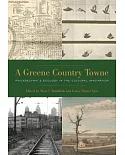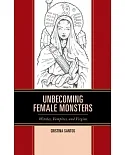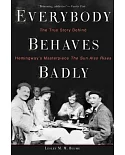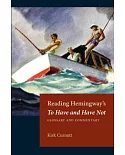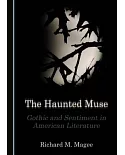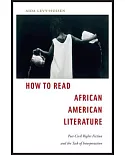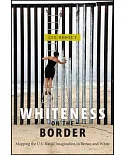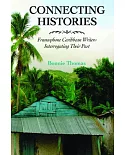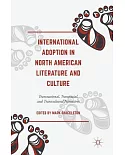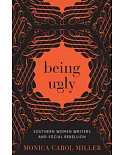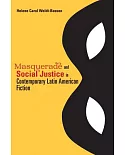Hochman (foreign literatures and linguistics, Ben-Gurion U.) uses contemporary writings, illustrations, and even penciled margin notes to give a fascinating analysis of how the reading of the
19th century's bestselling novel, Uncle Tom's Cabin, changed over its first fifty years. Wildly popular when it came out, readers found it so moving and gripping, the often read it in a single
sitting. It fueled the fires of the abolitionist cause. After the war, however, views on the novel began to change, and by the 1890s and the Jim Crow era, it was regarded differently.
Illustrations and abridged versions of the text began to change in ways that de-emphasized the intelligence, literacy, and empathetic qualities of the black characters while playing up racial
stereotypes. White readers began to read it as a chronicle of times past while a new audience of black readers read it with increasing interest. Annotation 穢2011 Book News, Inc., Portland, OR
(booknews.com)


